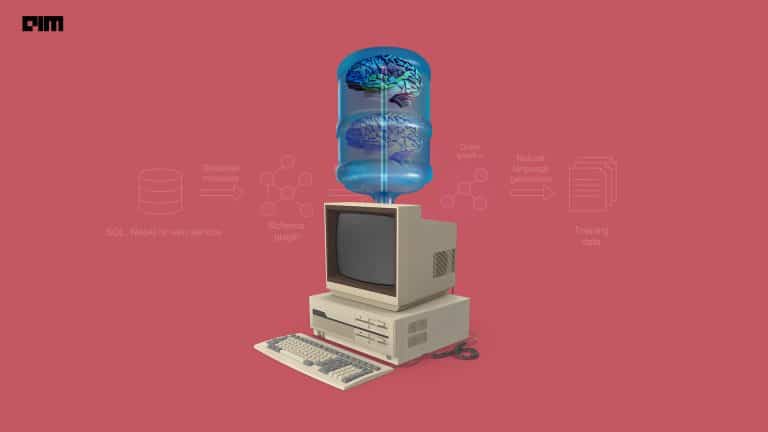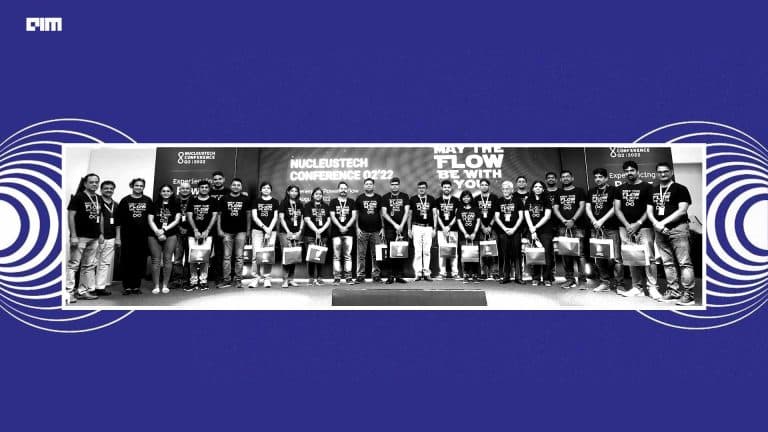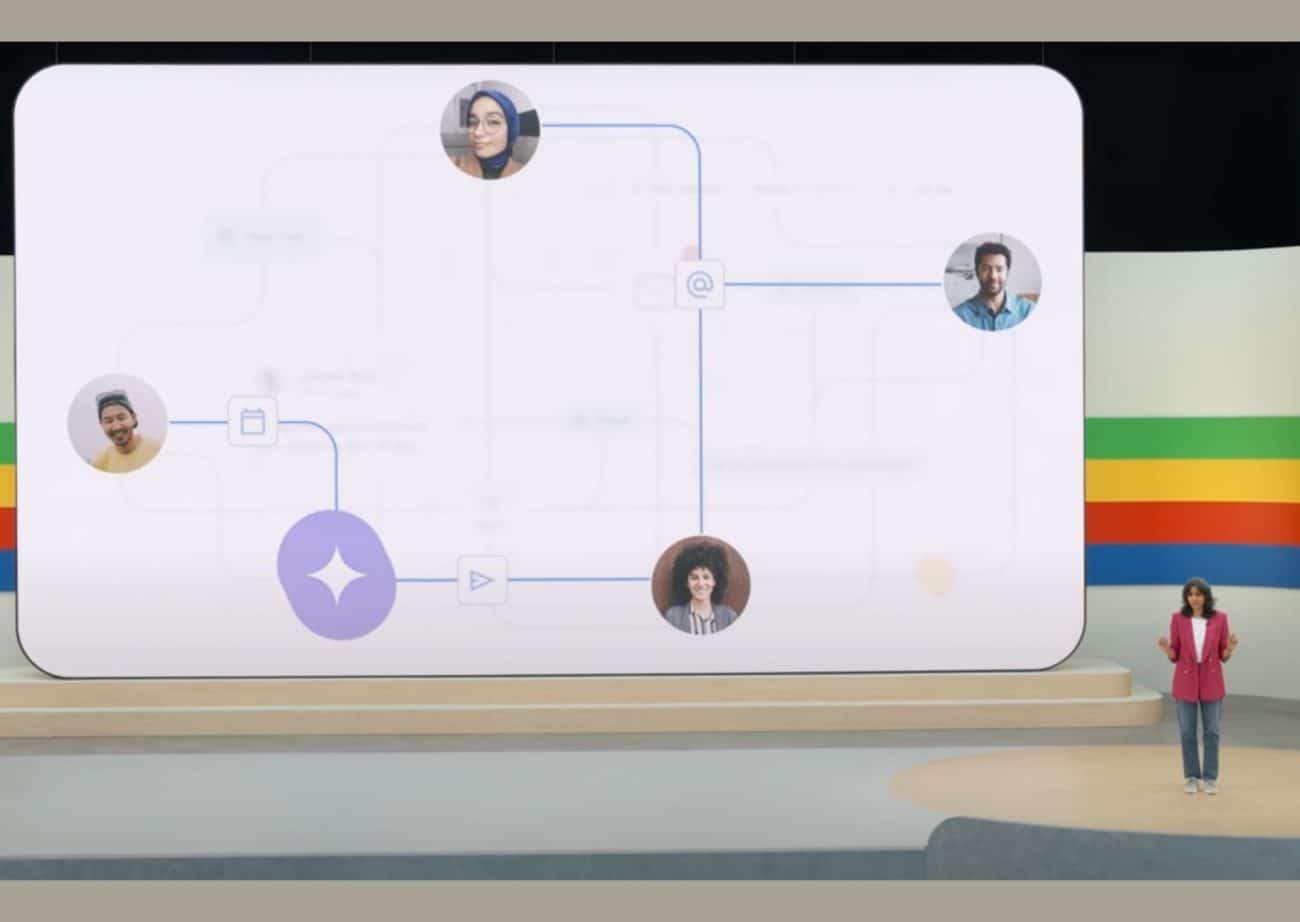Natural Language Processing or NLP is a technique to teach computers to process and comprehend human/natural languages. NLP is a part of data science and includes the analysis of data to extract, process, and output meaningful information. Some of the important applications of NLP include:
- Text mining
- Text and sentiment analysis
- Speech generation
- Text classification
- Speech Generation
- Speech Classification
In this article, Analytics India Magazine lists the top journals for NLP that one must read. These journals are information repositories that can help one stay at the top of their NLP game.
(Note that the list is in no particular order.)
Dynabench: Rethinking Benchmarking in NLP
This year, researchers from Facebook and Stanford University open-sourced Dynabench, a platform for model benchmarking and dynamic dataset creation. Dynabench runs on the web and supports human-and-model-in-the-loop dataset creation. It addresses how contemporary models quickly achieve performance on benchmark tasks but fail on simple examples or real-world scenarios. Dynabench helps in dataset creation, model development, and model assessment which leads to more robust and informative benchmarks.
Causal Effects of Linguistic Properties
This paper on Causal Effects of Linguistic Properties deals with the problem of using observational data. The paper addresses challenges related to the problem before developing a practical method. Based on the result, it introduces TextCause— an algorithm to estimate the causal effects of linguistic properties. It leverages distant supervision to improve noisy proxies’ quality; and BERT, the pre-trained language model, to adjust for the text. Finally, it presents an applied case study to investigate the effects. The paper was presented at the NAACL 2021.
Transformer-based Binary Word Sense Disambiguation
Released at the second International Conference on NLP and Big Data, this paper deals with the word sense disambiguation problem as a classification task and presents a model for text ambiguity problems with the help of transformers. In recent solutions for NLP tasks, transformers have shown improvements. However, researchers find the correct meaning of every word in a particular text in this task. This paper further depicts how the usage of pre-train transformer models improve the accuracy of the architecture. These experiments also showcase how NLP task performance can be improved with the help of data augmentation techniques.
Single Headed Attention RNN: Stop thinking with your head
Published by Harvard University graduate Steven Merity, the paper ‘Single Headed Attention RNN: Stop thinking with your head’, introduces a state-of-the-art NLP model called Single Headed Attention RNN or SHA-RNN. The author does so by using the example of the LSTM model with SHA in order to achieve state-of-the-art, byte-level language model results on enwik8.
NLP applied on issue trackers
The NLP applied on issue trackers paper discusses the various NLP techniques, including top analysis, similarity algorithms (N-grams, Jaccard, LSI algorithm), descriptive statistics, and others, along with machine learning (ML) algorithms such as support vector machines (SVM) and Decision trees. These techniques are usually used for a better understanding of the characteristics, classification, lexical relations, and prediction of duplicate development tasks. Tuning the different features to predict the development tasks with a Fidelity loss function, a system can identify duplicate tasks with almost 100 percent accuracy.
Attention in Natural Language Processing
Attention is a popular mechanism in neural architectures and has been realised in various formats. However, owing to the fast-paced advances in this domain, a systematic overview of attention is still missing. This paper defines a unified model for attention architectures in NLP while focusing on those that are designed to work with vector representations of textual data. The writers have proposed a taxonomy of attention models according to four dimensions:
- Representation of input
- Compatibility function
- Distribution function
- Multiplicity of the input and output
Additionally, the paper provides instances of how prior information can be exploited in attention models while discussing ongoing research efforts and open challenges, providing extensive categorisation of the huge body of literature.








































